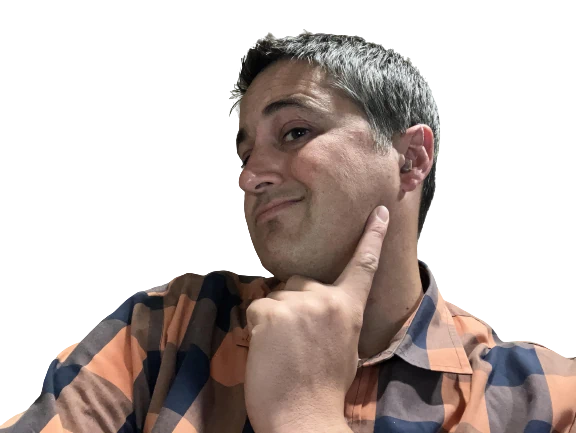This post contains affiliate links.
In our daily lives, hearing aids play a critical role in enhancing the hearing experiences of many individuals, especially senior citizens. However, a common issue is the tip of the hearing aid slipping out of the ear canal—especially when the ear is wet, sweaty, or when chewing. In this guide, we explore why this happens and what solutions are available to make hearing aid use more secure and comfortable.
Understanding the Problem
The problem of hearing aid molds slipping out or causing discomfort is common, particularly among first-time users. It’s essential to tackle these challenges to ensure a consistent and comfortable hearing experience. If you’re new to hearing aids, be sure to read what to expect before getting hearing aids.
Why the Fit of the Mold Matters
The earmold is a vital part of the hearing aid system, connecting the device securely to the ear. A proper fit ensures:
- Comfort: The right size and material prevent irritation or pain.
- Sound Quality: A well-fitted mold transmits sound effectively with minimal feedback.
- Security: A snug fit keeps the hearing aid in place during physical activity.
- Noise Isolation: A tight seal can improve background noise suppression. Learn more about hearing aids for background noise.
Common Concerns

- Slipping molds: Some users find their molds slide out, even with the correct tip size.
- Hard mold discomfort: Chewing or smiling may cause pain if the mold is too rigid or large.
- Custom mold issues: Even custom in-the-ear molds may require rebuilding for a proper fit.
Solutions and Adjustments
Changing the Tip Size or Type
Changing the tip of your hearing aid is one of the first steps to take when dealing with mold slippage. Depending on your ear anatomy and moisture levels, one size or style may work better than another.
- Try larger dome tips: Switching from small to larger domes may provide more retention. See our comparison of domes vs molds.
- Use retention locks: A retention lock or tail keeps the mold securely in the ear, even during chewing or sweating.

Customization
- Remake the mold: If a custom mold is slipping, your audiologist can have it remade at no cost if within the warranty period (usually 90 days).
- Use soft molds: Silicone or soft molds create more friction inside the canal and offer more comfort. Ideal for users with sensitive ears or jaw movement issues.
Advanced Fixes
- Use of anchors or ear retention systems: These small accessories add security without affecting sound quality. Learn how retention strings work here.
- Ear grip gels: In some cases, audiologists may recommend a medical-grade adhesive or gel that helps the mold stay in place.
Work with Your Audiologist
Many patients try to fix slipping molds themselves, but working with your audiologist will get better results faster. Here’s how to collaborate effectively:
- Be open about discomfort: If your hearing aid causes irritation, pain, or won’t stay in place, speak up. Ear drops may also help if dryness or itching is involved.
- Schedule follow-ups: Frequent adjustments can prevent long-term problems.
- Try different options: Don’t settle for a bad fit. Your audiologist can try different domes, molds, or retention systems.
Conclusion
Hearing aid molds should stay securely in place and feel comfortable all day. If you’re having issues with slippage, feedback, or irritation, you don’t need to suffer in silence. With the right combination of custom fitting, soft materials, retention tools, and collaboration with your audiologist, your hearing aid can become a seamless part of your life. For more expert advice, see our guide to choosing the best hearing aid for your lifestyle.
Helpful resources:

